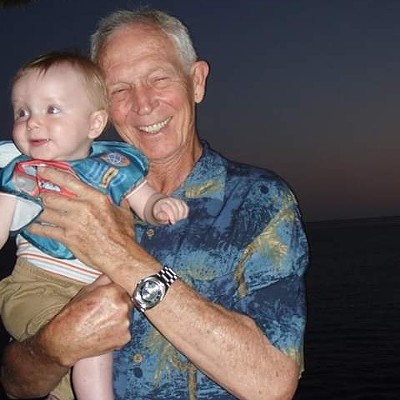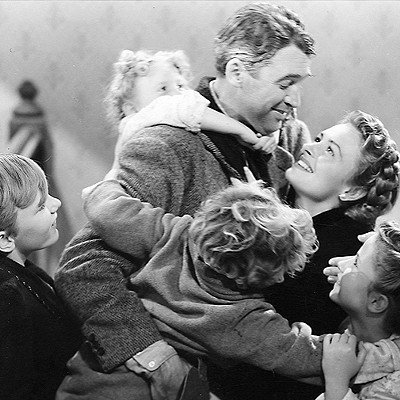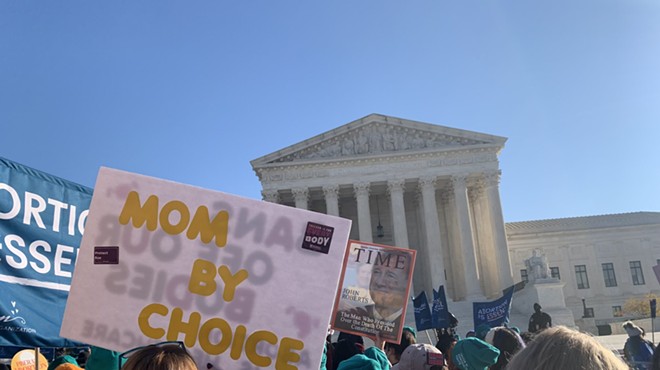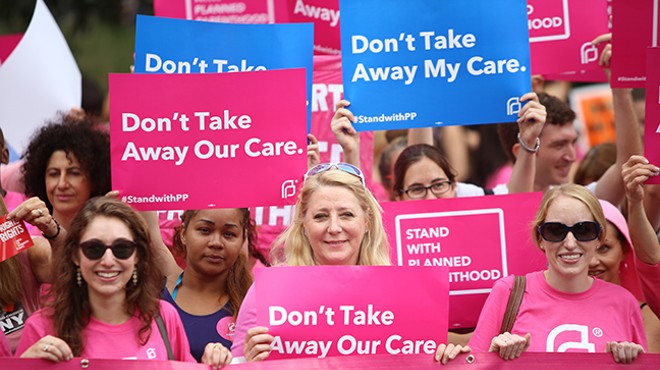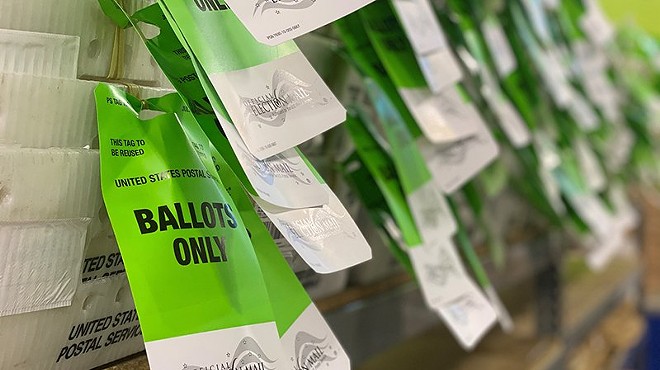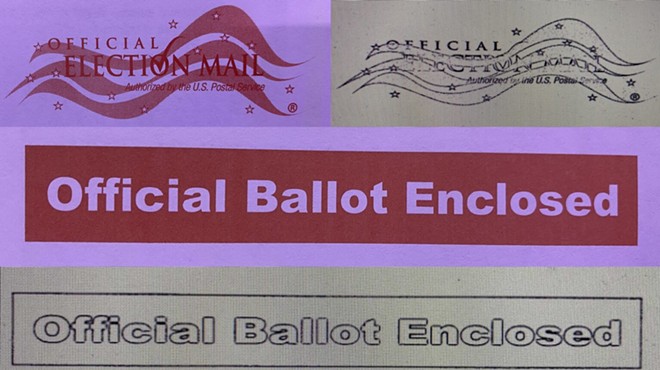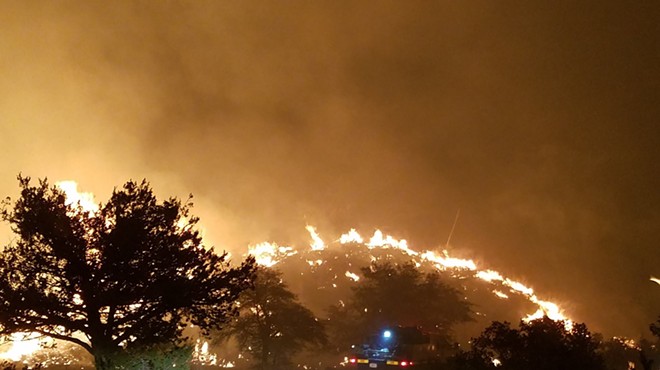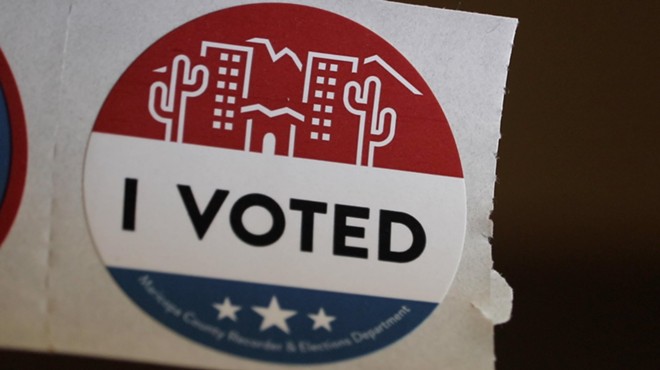Friday, December 20, 2019
The Predatory History Of For-Profit Colleges
It needs to be written in big, bold, flashing red neon letters: Beware of For-Profit Education. Kindergarten through college, all of it. If for-profit education is not banned outright, then we need to regulate and enforce the hell out of it.
Case in point: the for-profit college industry.
For-profit colleges have taken some recent, well deserved hits after decades of swindling their students. Just this month, the University of Phoenix was fined $191 million for its misleading advertising and predatory recruiting tactics. The 105-campus, for-profit Corinthian College chain dissolved in 2015 under the weight of its own misdeeds.
The Obama administration began the latest attempts to clamp down on the worst excesses of the industry — there were a number of earlier attempts — and set about forgiving college loans for students who were bilked by for-profit colleges. The Never-Obama Trump administration has reversed many of the previous administration's regulatory measures, while Secretary of Education Betsy DeVos was held in contempt of court for accidentally-on-purpose bungling the process of loan forgiveness.
Not many people were talking about the sins of the for-profit college industry when I began blogging about them a decade ago, beginning with a piece I wrote in November 2009, For profit colleges need oversight as well. At the time I thought I was being prescient. I thought I was ahead of the curve. It turns out I was actually three decades behind, or 60 years behind if you go back to the genesis of the problem at the end of World War II.
Here is a brief history of the abuses of for-profit higher education and ongoing, bipartisan attempts to fix the unintended consequences of well-meaning legislation which allowed the industry to run roughshod over its customers, followed by the George W. Bush administration's intentional reversal of anti-profiteering regulations so it could run rampant once again. I'm drawing most of the information from a long, detailed history contained in a report by the Century Foundation.
For-profit education scams date back to the 1944 GI Bill, which gave returning soldiers the opportunity to enroll in colleges and training programs. Unscrupulous entrepreneurs took advantage of the easy government money and offered bogus programs to GIs. Investigative reports exposed the fraud as early as 1946 in articles like the Saturday Evening Post's “Are We Making a Bum Out of GI Joe?” Congress passed a series of laws to correct the abuses beginning in 1948 and continuing through the 1950s.
In the 1960s, programs which were part of President Lyndon Johnson's War of Poverty opened new opportunities for scam artists to create fraudulent training programs. In 1971, Carl Bernstein, a few years before he and Bob Woodward began on their famous reporting on the Watergate break-in and its aftermath, wrote a series of articles about abuses at trade schools in Washington DC. Other investigative articles followed in other areas of the country. As a result, the office of Health Education and Welfare imposed new restrictions.
In the 1980s, abuses in for-profit higher education sector surfaced once again. The Republican administrations of Presidents Ronald Reagan and George H. W. Bush increased oversight and tightened regulations on the for-profits, gaining bipartisan support for their efforts.
The regulations continued under President Bill Clinton, but congressional Republicans began working at cross purposes with the Clinton administration's efforts. Newt Gingrich's 1994 Contract with America helped usher in a Republican majority in the House and Senate in 1995. Anti-regulatory fervor led Congress to remove funding from the H. W. Bush initiative to curb abuses in the for-profit college industry, then wiped out any help for state oversight agencies looking into the abuses. However, the Clinton administration's efforts bore fruit despite the pushback from Congress, leading to 1,200 for-profit schools shutting their doors.
It was during the 1990s that for-profit higher education became a big business, thanks in part to the growth of the internet, which made online learning possible. There were as many as 40 publicly traded for-profit college chains by 1999. By the time George W. Bush took office, the for-profit college industry was a major financial and political force.
The Bush administration began the process of deregulating the for-profit schools, reversing the efforts of every administration since the end of World War II. Former lobbyists from the University of Phoenix and other for-profit chains were welcomed into the Department of Education, and education department higher-ups were rewarded for their deregulation efforts by being welcomed into the lucrative for-profit sector when they left government. Meanwhile, industry lobbyists proliferated, swaying high ranking Republicans to support the industry's agenda.
Rod Paige, Bush's secretary of education, removed safeguards placed on for-profit colleges by Bush's father, while Paige promised that the abuses of the 1980s and 1990s would not return because all of the bad actors had been weeded out. His promises proved empty.
Investigative reporting about abuses and a damning report from the Department of Education did nothing to shake the efforts by the Bush administration and Republican members of Congress to loosen restrictions on for-profit colleges. A 2008 version of the GI Bill opened the floodgates for veterans to enroll, creating a new market for the profiteers.
A Brief Digression: Though I could not find reference to a statement I remember Bush making about the for-profit education sector while its abuses were making news, I recall it clearly. He claimed the reason Democrats objected to the for-profit colleges was, they didn't want poor people to get college educations. Bush made a similar claim about the subprime home lending schemes when critics began pointing out its dangers a few years before the bubble burst in 2008, saying Democrats didn't want poor people to own homes. The moral of this brief digression is, when Republicans call themselves the true friends of the downtrodden and say it's the Democrats who want to keep poor people down, you can be sure the GOP is protecting its rich friends' bottom line.
When Obama became president in 2008, his first job was to deal with the aftermath of the subprime lending fiasco and early stages of the Great Recession. He also presided over the collapse of some of the most predatory for-profit college chains, which left their students with high loan debt and no education to show for it, and the continuing abuses of the chains that stayed afloat. The Obama administration created rules which stopped students from receiving government loans to attend some of the worst offending colleges and created a loan forgiveness program for students who had been its victims.
The Trump administration has done everything it can to repeal the Obama-era crack-downs on the colleges while it has dragged its feet on implementing the loan forgiveness program.
We are most likely in for yet another round of worthless higher education sold to unwitting students who will be burdened with a lifetime of debt, thanks to the efforts of the Trump administration and their congressional accomplices. What form the beast will take, only time will tell.
Tags: For-profit colleges , University of Phoenix , Corinthian colleges , GI Bill , Contract With America , Great Recession , Image



